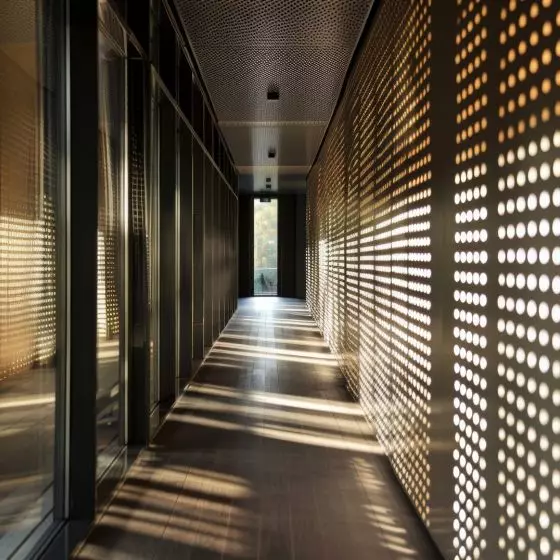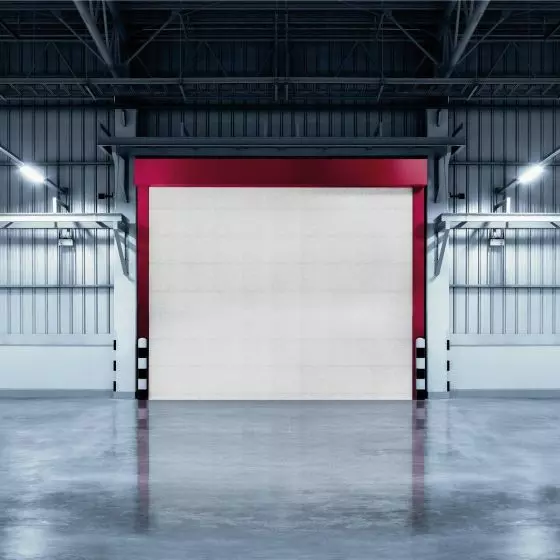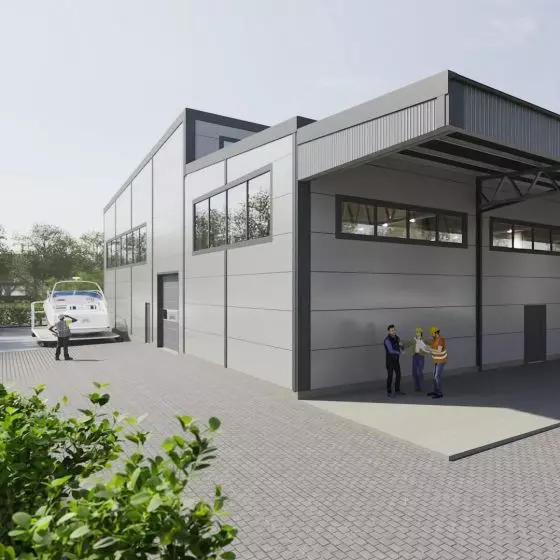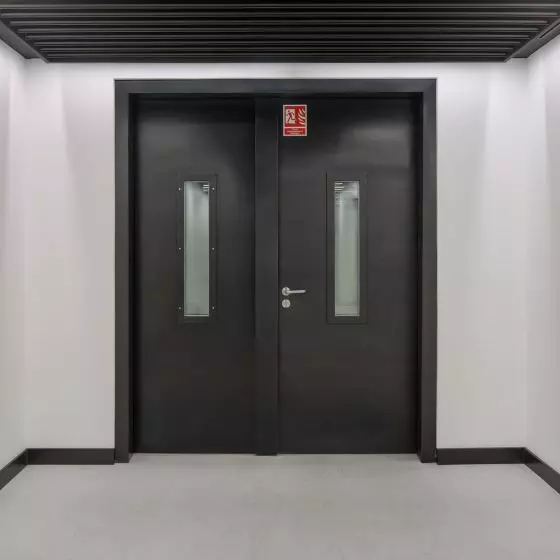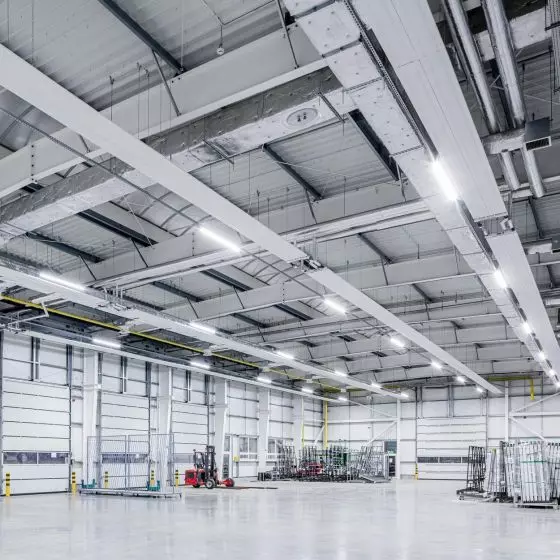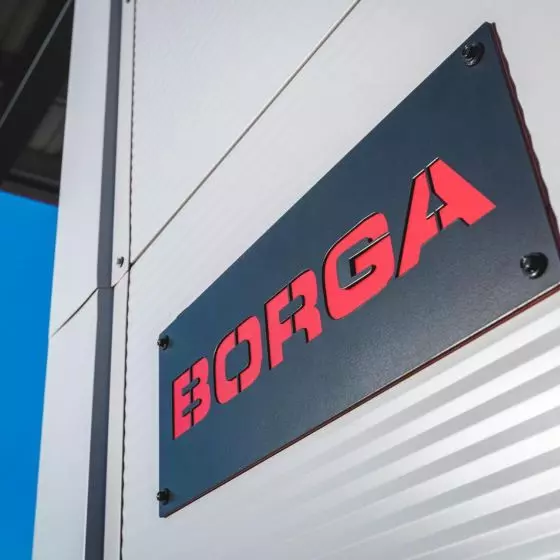Split heat pumps in the Schiessl product range.
From the series "Heating, ventilation, air-conditioning - inspiration and solutions 2021"
There is no doubt that over the past few years, air-to-water heat pumps, abbreviated as A2W (Air to Water), have experienced a true renaissance. The technology used in A2W heat pumps, is not an invention of recent years, the first heat pump was installed in the US in 1928. And from the 1970s to the end of the 20th century, these pumps enjoyed considerable popularity in the Mediterranean countries and western Europe.
For our region, Central Europe, air-to-water heat pumps have become attractive from an energy point of view due to the dynamic development of electronics, in which the technology of electric drives (DC inverter) has been developed and the possibilities of controlling the device itself have been expanded. As a result, A2W heat pumps are characterized by efficiency even at low outdoor temperatures of up to -30°C.
The fruit of intensive technological progress in recent years is the variety of solutions using A2W technology. In addition to the basic division of air-to-water heat pumps into monoblock units, where all components are grouped in a single unit located outside the building, and split units, which consist of an outdoor unit and an indoor unit mounted in the building, we can take advantage of a number of hybrid solutions based on these two basic groups.
Particularly noteworthy in Schiessl Poland 's offer are split-type heat pumps, whose indoor unit is equipped with a hot water tank. Among manufacturers, these are abbreviated as IWT(Integral Water Tank) or ALL IN ONE. By placing the DHW(Domestic Hot Water) tank and the classic indoor unit in a single housing, we get a compact solution, allowing significant savings in the space required for the installation of a split type heat pump. The space they occupy is much smaller than that occupied by standard, full-size units.
Additional advantages of units with an integrated tank, will be presented using the example of heat pumps from Japanese company Panasonic and Korean company LG Electronics.
Panasonic's ALL IN ONE series heat pump
© Schiessl
Panasonic heat pump indoor units equipped with a DHW tank are called ALL IN ONE for short. They are characterized by high quality workmanship, equipped with a maintenance-free DHW tank with a capacity of 180 liters, made of INOX stainless steel insulated with
U-Vacua™ panels. Panasonic U-Vacua™ is an advanced vacuum insulation panel with very low thermal conductivity, providing approximately 19 times more effective insulation than standard polyurethane foam. In addition, the unit is equipped with a Class A variable-speed water pump, magnetic filter with isolation valves, expansion vessel, vortex flow meter, backup heater, safety valve, vent valves, integrated three-way valve. Once connected to the domestic water supply and central heating system, the heat pump is practically ready for use and requires no additional equipment.
Panasonic's ALL IN ONE series heat pumps are available from our company in the entire range of heating capacity produced by Panasonic, from 3 kW to 16 kW. The energy class of Panasonic heat pumps, is among the highest A+++ with a COP of up to 5.33. Panasonic heat pumps of generation J and T-CAP in the ALL IN ONE design, are capable of reaching an output water temperature of 60°C.
Panasonic has 3 types of ALL IN ONE units available. These are standard units, compact units with a reduced height, adapted for mounting a recuperation unit on them, which Panasonic also offers, and units that can serve two heating zones. Units to handle two zones, can produce CO water with two different output temperatures. This comes in handy when we have different types of heating in a building, such as surface heating and radiator/coil heating. These pumps can also heat pool water.
Remote operation of Panasonic heat pump
© Schiessl
All Panasonic pumps can use a module to operate the pump via mobile devices. This module also has service functions, so that a very fast service response is possible.
Panasonic heat pumps after the use of an expansion card, the ALL IN ONE unit adapted for two zones is equipped with such a card as standard, can work with photovoltaic panels through the Smart Grid contact.
Heat pumps from LG Electronics with integrated tank, are called IWT for short. Like the Panasonic pumps described above, they are equipped with a tank with a water capacity of 200 liters, made of stainless steel and insulated with polyurethane foam. They also come equipped with a Class A variable-speed circulating pump and other fittings, which in practice allow you to use the heat pump from the moment it is connected to the building's plumbing system. The energy class of LG Electronics heat pumps is one of the highest, A+++, with an SCOP coefficient of up to 4.60. LG Electronics heat pumps are capable of reaching an output water temperature of 65°C.
LG IWT R32 heat pump
© Schiessl
IWT pumps are available in a range of heating capacities from 5 to 16 kW. For higher heating capacities from 12 to 16 kW, LG Electronics has developed a special solution in the form of the Hydrosplit IWT heat pump. This is a hybrid combination of a standard split and a monobloc unit. The outdoor unit is connected to the indoor unit via hydraulic lines, thus eliminating the possibility of refrigerant leakage in the indoor unit, and going further inside the building. With this solution, LG has made available IWT units running on R32 refrigerant throughout the capacity range. R32 refrigerant is considered environmentally friendly due to its low GWP(Global Warming Potential) i.e. it has a limited impact on the formation of the greenhouse effect.
LG IWT R32 heat pump
© Schiessl
LG Electronics heat pumps through the WiFi module and ThinQ apps have the ability to be controlled by mobile devices. The LG Electronics heat pump controller is designed to handle two heating zones. LG Electronics Hydrosplit IWT heat pumps have an energy state lock function, which allows the user to use as much of their own renewable energy produced by photovoltaic panels as possible. It allows the setpoints to be changed depending on the input signal from an energy storage system (ESS) or other external device via Modbus or 230V digital inputs.
More jinformation on the company's page SCHIESSL POLSKA Sp. z o.o. in the A&B portal.
























